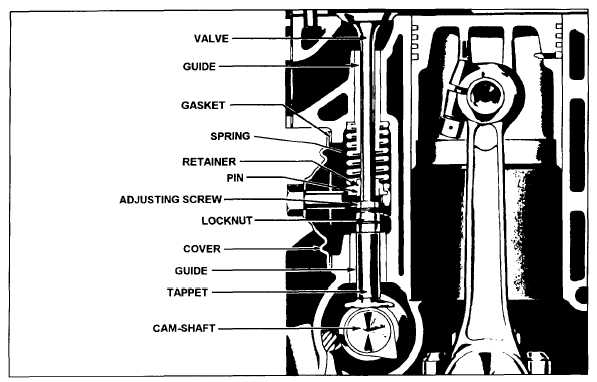Figure 12-24.-L-head valve operating mechanism.
camshaft rotates, the cam lobe moves up under the valve
tappet, exerting an upward thrust through the tappet
against the valve stem or a pushrod. This thrust over-
comes the valve spring pressure as well as the gas
pressure in the cylinder, causing the valve to open. When
the lobe moves from under the tappet, the valve spring
pressure reseats the valve.
On L-, F-, or I-head engines, the camshaft is usually
located to one side and above the crankshaft; in V-type
engines, it is usually located directly above the
crankshaft. On the overhead camshaft engine, such as
the Murphy diesel, the camshaft is located above the
cylinder head.
The camshaft of a four-stroke cycle engine turns at
one-half engine speed. It is driven off the crankshaft
through timing gears or a timing chain. In the two-stroke
cycle engine, the camshaft must turn at the same speed
as the crankshaft so that each valve may open and close
once in each revolution of the engine.
In most cases the camshaft will do more than
operate the valve mechanism. It may have extra cams or
gears that operate fuel pumps, fuel injectors, the ignition
distributor, or the lubrication pump.
Camshafts are supported in the engine block by
journals in bearings. Camshaft bearing journals are the
hugest machined surfaces on the shaft. The bearings are
usually made of bronze and are bushings rather than split
bearings. The bushings are lubricated by oil circulating
through drilled passages from the crankcase. The
stresses on the camshaft are small; therefore, the
bushings are not adjustable and require little attention.
The camshaft bushings are replaced only when the
engine requires a complete overhaul.
FOLLOWERS.— Camshaft followers are the parts
of the valve-actuating mechanism (figs. 12-24 and
12-25) that contact the camshaft. You will probably hear
them called valve tappets or vale lifters. In the L-head
engine, the followers directly contact the end of the
valve stem and have an adjusting device in them. In the
overhead valve engine, the followers contact the
pushrod that operates the rocker arm. The end of the
rocker arm opposite the pushrod contacts the valve stem.
The valve adjusting device, in this case, is in the rocker
arm.
Many engines have self-adjusting, hydraulic
valve lifters that always operate at zero clearance.
12-20

